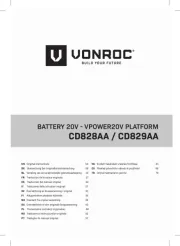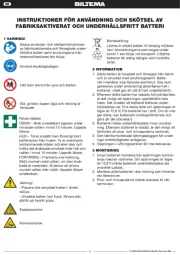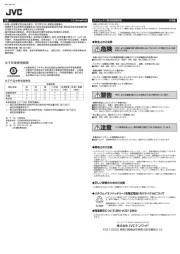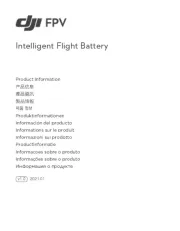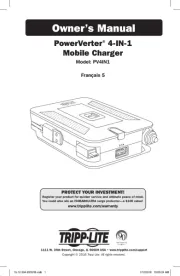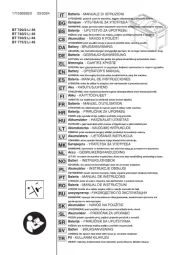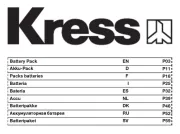Milwaukee 48-11-1851 Manual
Læs gratis den danske manual til Milwaukee 48-11-1851 (20 sider) i kategorien Accu. Denne vejledning er vurderet som hjælpsom af 48 personer og har en gennemsnitlig bedømmelse på 5.0 stjerner ud af 24.5 anmeldelser.
Har du et spørgsmål om Milwaukee 48-11-1851, eller vil du spørge andre brugere om produktet?

Produkt Specifikationer
| Mærke: | Milwaukee |
| Kategori: | Accu |
| Model: | 48-11-1851 |
Har du brug for hjælp?
Hvis du har brug for hjælp til Milwaukee 48-11-1851 stil et spørgsmål nedenfor, og andre brugere vil svare dig
Accu Milwaukee Manualer
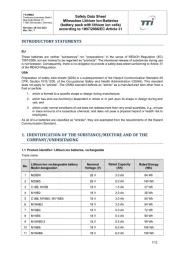
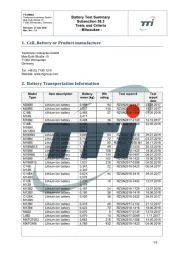
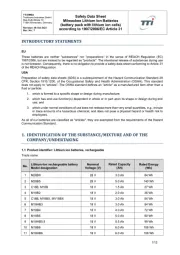
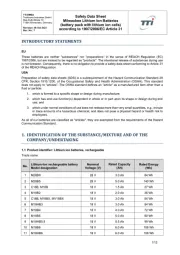
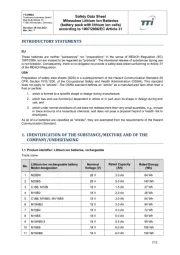
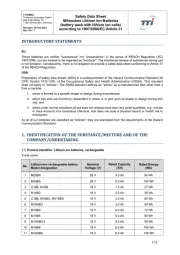
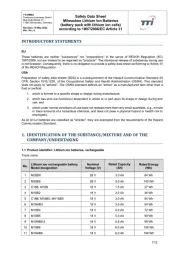
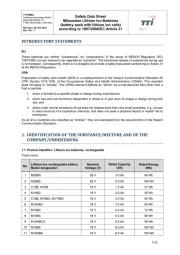
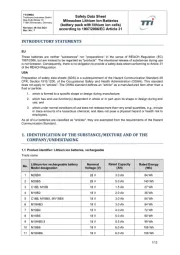
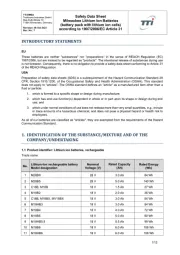
Accu Manualer
- Verico
- Black And Decker
- Berg
- SOUNDBOKS
- Digitus
- Cortina
- A-solar
- Red Power
- Variotek
- DJI
- Growatt
- Bolt
- E-flite
- Sandberg
- Victron Energy
Nyeste Accu Manualer



